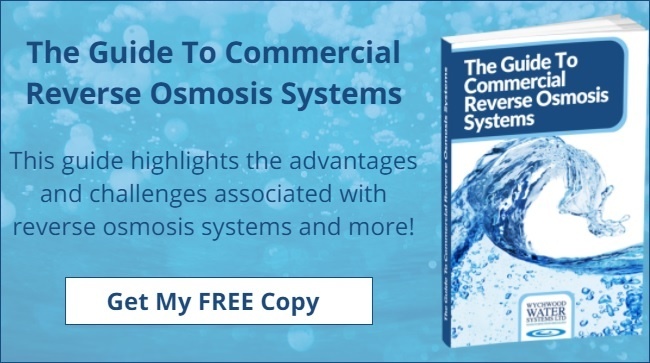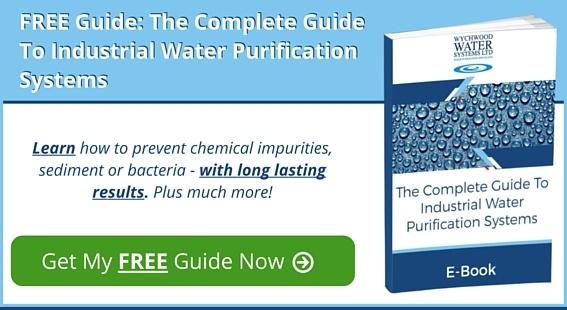 Most companies have discharge limits for their trade effluent outfall. One of the key areas in this is the discharge of heavy metal contamination. In most cases there will be a maximum limit of 2 parts per million for heavy metals such as copper, zinc, lead, cadmium and mercury.
Most companies have discharge limits for their trade effluent outfall. One of the key areas in this is the discharge of heavy metal contamination. In most cases there will be a maximum limit of 2 parts per million for heavy metals such as copper, zinc, lead, cadmium and mercury.
The applications that are using and then discharging heavy metals are all types of metal finishing such as printed circuit manufacture, chrome plating and anodising.
To comply with trade effluent out fall regulations it is very important that heavy metal levels are reduced to acceptable limits before discharge.
In removing heavy metals there are three key methods which we will describe below:
1) Rinse Water Recovery & Recirculation Deionisers
In many cases the heavy metals are being released in a surface finishing process final rinse stage. The economic and environmentally friendly approach is to re-deionise these rinse waters and put them back into the process for re-use. This approach has proven to save the user a large amount of money in water and discharge costs. The higher average rinse water quality will often also result in product quality and yield improvements.
The heavy metals are exchanged out of the rinse water on to the Deioniser resins. During the regeneration of the Deioniser the heavy metals are then released into the regeneration effluent in a much more concentrated form. The concentrated heavy metals can then be removed by the two methods described below.
2) Settlement & Precipitation
Most heavy metals have a PH (parts hydrogen) level at which they will precipitate out of solution. This PH requirement will vary depending on the heavy metal involved. By adjusting and maintaining the PH of the rinse water at a given level the heavy metals can be precipitated and removed by a device called a filter press. The resulting filter cake can then be disposed of as solid waste. It is then also possible to return the filtrate back to the effluent treatment process.
In addition to changing the PH of the solution being treated, it is also possible to use a coagulant and tilted plate separator to enhance the removal process.
3) Selective Ion Exchange Deionisers
An increasingly popular and productive method of heavy metal removal is by a process called selective Ion Exchange. For this process specialist chelate Ion Exchange resins are used. These resins are designed to select heavy metals in preference to other Ionic species. Depending on the chelate resin used, the resins will also prioritise the different heavy metals in the removal process.
The selective Ion Exchange unit is very efficient as it can also be used to remove the heavy metals from the regeneration effluent produced by the rinse water Deioniser.
Download Our FREE Guide
Find out more by downloading our FREE guide, The Guide to Deionised Water Treatment Systems by clicking here. We are also happy to advise you via email at sales@wychwood-water.com.










 We are a specialist independent company involved in water purification and water treatment technologies
We are a specialist independent company involved in water purification and water treatment technologies


